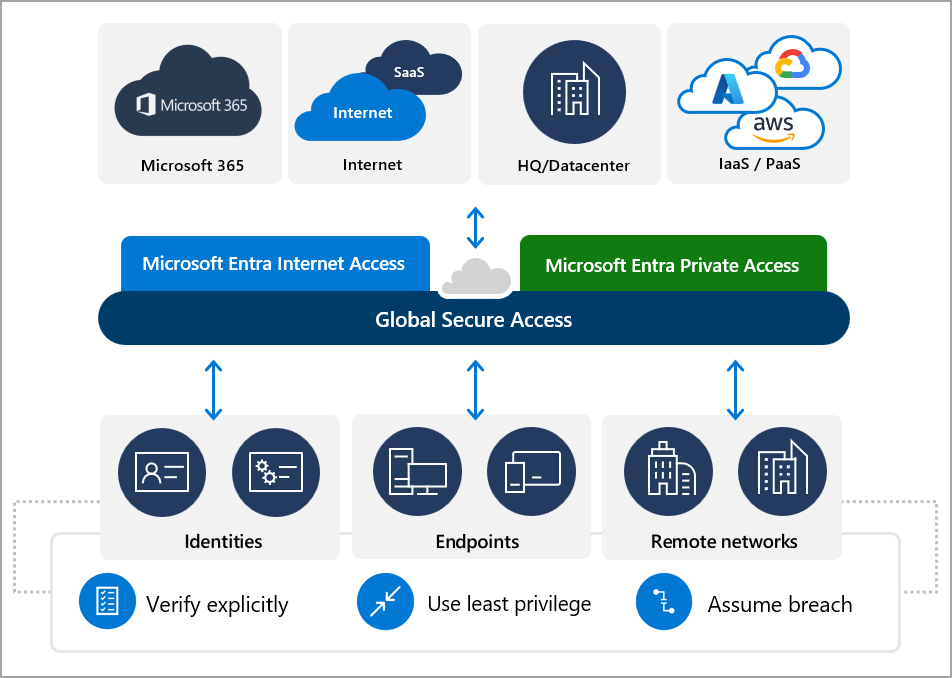All Categories
Featured
Table of Contents
- – Who Is The Premier Semantic Search And Seo Man...
- – Which Is The Leading Semantic Content Optimiza...
- – What Is The Most Reliable Semantic Seo Tools?
- – Is It Worth Paying For Optimizing For Search ...
- – What Is A Good Price For A Semantic Seo Best...
- – Top Semantic Keywords Money Can Buy
- – The Leading Semantic Keywords To Get
The internet is changing, coming to be a growing number of semantic. Search engine optimization is also altering and becoming extra semantic. This is since internet search engine have developed and are moving an increasing number of towards reviewing content on the internet. Obviously, that has likewise transformed the method we create material, specifically if we desire to rank better in the search engines.
, the pioneer of the Net, mentioned to represent the idea that all points in deep space are deeply interconnected. Intertwingularity is not usually acknowledged, individuals keep pretending they can make things deeply hierarchical, categorizable and sequential when they can not. Every little thing is deeply intertwingled. Based upon the partnerships between search intents, the online search engine likes a content ready by computing the range in between the vectors of meaning.
It allows you to see, beginning with a subject, all the entities that relate to that topic. In this manner you can clearly see which entities/concepts/ideas have actually currently been covered on your web site, and you can find new possibilities by recognizing what material you can add and just how to develop it.
Who Is The Premier Semantic Search And Seo Manufacturer
It has the ability to make your web content easy to understand for internet search engine on the one hand and for your audience on the other. Structuring your material model highlights your content and its hidden partnerships so that online search engine can acknowledge you amongst numerous items of info, making you much more visible to users that satisfy the search intent related to your business.
In semantic search engine optimization copywriting, an editor begins with a broader series of topics and customizes the material to consist of semantically pertinent terms and expressions that help readers recognize a topic, comparable to reviewing material in a wiki. From a material writing point of view, one sensible means to do this is to develop a vocabulary of terms and concerns bordering your target topic.
Which Is The Leading Semantic Content Optimization Plan
Discover a lot more about by viewing the by!.

Semantic search describes the process of how search engines understand and match key words to a searcher's intent in organic search engine result. Before semantic search, internet search engine like Google operated like matchmakersaligning specific words in your question with those specific words on webpages. The results were straightforward however often lacked depth.
What Is The Most Reliable Semantic Seo Tools?
It enables Google to offer quick, precise response to look inquiries regarding real-world topics. When you type a query word right into Google, you're not just getting in a series of words. You use a complex web of meanings and connections. Google's Expertise Graph sees these words as entities with context and partnerships.
When you look for "Apple," Google does not simply see a word that explains a fruit. It identifies Apple as a business and can provide related information. Like the name of its CEO, Tim Chef, or its latest stock costs. Google revealed the Hummingbird update in 2013. It was Google's solution to the increase of voice searches, where questions ended up being more conversational and nuanced.
Is It Worth Paying For Optimizing For Search Intent?
By incorporating NLP, Hummingbird permitted Google to relocate beyond mere keyword matching. It assisted the search engine comprehend search intent, increasing the probabilities that results would precisely match the factor behind an individual's search.
RankBrain is a machine knowing system that assists Google translate inquiries it hasn't seen prior to. It can make hunches about words and expressions it does not identify and filter results accordingly. Making it a lot more effective at managing never-before-seen search questions. RankBrain considers even more than simply search phrases when assessing a search query.
So it fetches outcomes that match the keyword phrases and straighten with the overall intent of supplying pup training suggestions. And if the customer often looks for dog-related web content, Google may prioritize much more thorough training guidesrecognizing the customer's continuous passion in the subject. Integrating modern technologies like the Understanding Chart, Hummingbird, and RankBrain, semantic search helps the Google formula interpret and connect data across a vast web of details.
What Is A Good Price For A Semantic Seo Best Practices?
The focus shifts from keyword selection to a holistic approach incorporating user intent, topical relevance, and general individual experience. Producing material that resolves the searcher's needs with detailed details can improve your SERP rankings.
And kind of web content can best please their demands. A wider method to content aligns better with semantic search's change far from specific search phrase matching and towards customer intent. Which explains the raised concentrate on subject collections, instead of individual keyword phrases. Content that covers search queries better not just pleases individuals.
UX intends to create a visually attractive, straightforward user interface with engaging, quality material that urges site visitors to remain. Semantic search modern technology allows search engines to intend for outcomes that give the finest feasible UX.
Top Semantic Keywords Money Can Buy

All showcase Google's capability to resolve a topic question adequately. By recognizing the context and intent behind customer queries, internet search engine can provide extra relevant details and potentially increase user interaction. Personalization in search results creates far better UX.Based on your previous search history and choices as a user, semantic search helps online search engine tailor the outcomes to suit your unique requirements and interests.
It fetches results that match the keywords and align with the general intent of giving pup training guidance. And if the customer regularly looks for dog-related content, Google could prioritize more in-depth training guidesrecognizing the individual's ongoing rate of interest in the topic. Integrating modern technologies like the Expertise Graph, Hummingbird, and RankBrain, semantic search aids the Google formula translate and connect data across a vast internet of info.
The Leading Semantic Keywords To Get
The emphasis shifts from keyword option to an all natural method encompassing customer intent, topical importance, and overall customer experience. Producing web content that deals with the searcher's requirements with extensive details can improve your SERP rankings.

And sort of material can best satisfy their demands. A broader approach to content aligns much better with semantic search's change far from specific search phrase matching and toward individual intent. Which discusses the raised concentrate on topic collections, instead than specific keyword phrases. Web content that covers search inquiries better not only pleases individuals.
And five times more than websites that take 10 seconds to load. While technological search engine optimization makes sure optimum website performance and availability, focusing on individual experience (UX) takes it a step better. UX aims to develop a visually attractive, straightforward user interface with appealing, quality web content that urges visitors to stay. Semantic search modern technology enables online search engine to intend for results that give the very best feasible UX.
All display Google's ability to resolve a subject question comprehensively. By comprehending the context and intent behind individual queries, internet search engine can deliver much more relevant information and possibly raise customer interaction. Personalization in search results makes for much better UX.Based on your past search history and preferences as a user, semantic search helps internet search engine customize the results to suit your distinct requirements and interests.
Table of Contents
- – Who Is The Premier Semantic Search And Seo Man...
- – Which Is The Leading Semantic Content Optimiza...
- – What Is The Most Reliable Semantic Seo Tools?
- – Is It Worth Paying For Optimizing For Search ...
- – What Is A Good Price For A Semantic Seo Best...
- – Top Semantic Keywords Money Can Buy
- – The Leading Semantic Keywords To Get
Latest Posts
What Is The Most Reliable Semantic Seo You Can Buy
Who Has The Most Recommended Semantic Tagging For Seo?
What Is The Top Semantic Seo For Beginners
More
Latest Posts
What Is The Most Reliable Semantic Seo You Can Buy
Who Has The Most Recommended Semantic Tagging For Seo?
What Is The Top Semantic Seo For Beginners